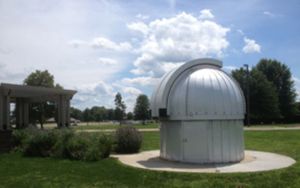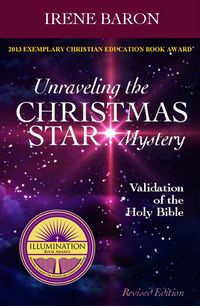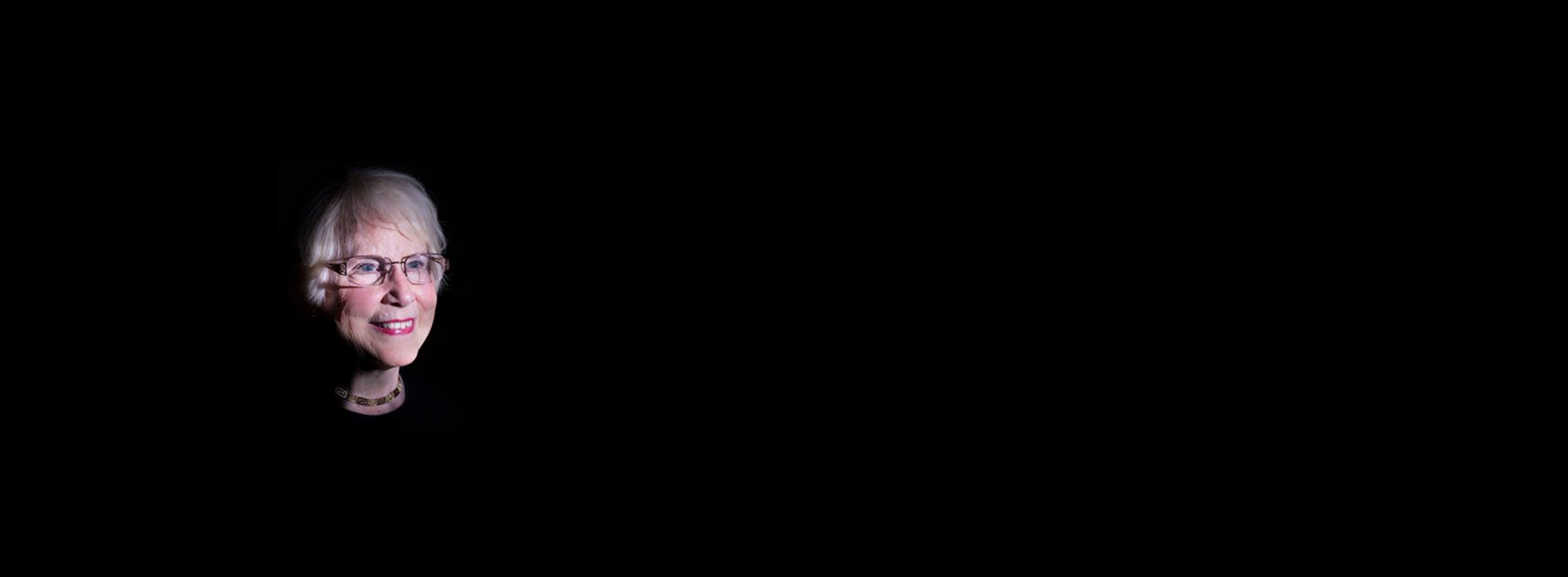Next Astronomy Event
THE ZANESVILLE ASTRONOMY CLUB, an Affiliate of the NASA Night Sky Network, was founded by Irene Baron in 2013. The NSN reports we currently have over 400 participants. Our member email list is over 350 members.
____________________________________________________
Our 12 July FREE night sky viewing event begins at 9:15 PM at the Lewis Observatory on OUZ campus in Zanesville, Ohio. Join us with friends or family for a fun and educational adventure. When you arrive, sign in for the NASA accounting.
Freebies will be in a nearby box. Take 1-3 items free of charge. They are vintage NASA & space items, many worth $$$. Irene has been collecting them since 1960 when she started teaching astronomy in Los Angeles.
__________________________________________________________________
JULY CELESTIAL EVENTS
A guide to find to find objects in our night sky
The shorter nights now begin to lengthen. The Milky Way stretches across the sky. Many objects in the sky need only your eyes or binoculars to see. YAY! The next two months are great ones for star parties. Jupiter is visible in the eastern morning sky before sunrise. Mars and Saturn are higher in the south.
Cassiopeia (the Queen) is rising higher in the northeast. Binoculars will enable your seeing several open clusters. Andromeda (the Princess) along with Pegasus (the Flying Horse) are beginning to appear in the NE. Pegasus is an obvious square shape where you can find the globular Pegasus Cluster (Messier 15).
Delphinus (the Dolphin), is a tiny kite-like constellation. Lacerta (the Lizard) can be found between Pegasus and Cepheus (the King), which is in the4 norther sky to the right of the North Star, Polaris. Lacerta is home to NGC 7243, an open cluster visible thru binoculars.
To the NW, Ursa Major (the Great Bear) is sinking lower. This is a good time to check out the Whirlpool Galaxy (Messier 51).
JULY NIGHTLY EVENTS
01 Mars 4.2 degrees S of Moon
05 Earth at aphelion, its most distant point from the Sun
05 NEW MOON
07 Mercury 3.5 degrees S of Moon
12 Moon at apogee -251,283 mi
13 FIRST QUARTER MOON
21 FULL MOON
22 Mercury 26.9 degrees E of Sun
24 Moon at perigee - 226,738 mi
24 Saturn 0.4 degrees S of a gibbous Moon
28 LAST QUARTER MOON
Want to know more about our Solar System? Check out:
https://science.nasa.gov/solar-system
Data from 2024 Night Sky Almanac by Nicole Mortillaro
**********************

If you have been loaned a telescope by the astronomy club to use at our events, we would appreciate seeing you and the telescope to share with others on clear nights. lol
If you would like to borrow a telescope to bring and share with others during our events, please let Irene Baron know to be placed on the waiting list. Thanks to all who are bringing and sharing their own telescope! Please be aware you can check telescopes out of our local John McIntire Public Library as easy as checking out a book.
If you wish to receive the Zanesville Astronomy Club newsletter, send an email to: irenebaron@irenebaron.com. Enter the word ASTRONOMY as the subject matter. In the message include your full name, street address, city & state. Anyone may bring a telescope to learn how to use it and to share.
Please share this information and URL link with family and friends who may be interested in learning more about astronomy.

______________________________________________________

THE CHRISTMAS STAR IDENTIFIED
Unraveling the Christmas Star Mystery
by Irene Baron
The Zanesville Astronomy Club founder was sent 68 unannounced NASA astronomy programs by NASA Jet Propulsion Library. She used these programs to identify the Christmas star.
Her nonfiction book explains the computer research that took place daily over several years. Note the gold medal on the lower left of the cover.
The book was awarded the Gold Medal as the 2013 EXEMPLARY CHRISTIAN EDUCATION BOOK, or the best Christian Education book of the year. Buy on Amazon or where ever books are sold. Http://cutt.ly/we5mqvt
Bring your book to any club event to have it autographed by the author. She usually has a few to sell in her car.
Visits from around the world.
A Top Author Website of 2017

Coordinator John Bolen w/Lewis Telescope
Aligning telescope to nebula
John Bolen is a ZAC Coordinator who, with Chuck Bruckelmeyer, will be hosting your viewing through the Lewis Telescope. In this image, John is setting up the telescope for a distant object through the dome opening of the observatory. John brings his Dobsonian telescope to monthly events. For viewing the Sun anytime, solar eclipses, and sunspots, he has protective solar filters. It is astonishing to safely look at the sun through his telescope. John Bolen has volunteered at almost every meeting and workshop during the last ten years. Thank you John for all your work with our organization.

Irene Baron founded the Zanesville Astronomy Club in 2013. She taught astronomy many of her 40+ years of teaching high school science and was selected in 2023 as a NASA Partner - Eclipse Ambassador for Ohio.

MIRROR GRINDING INSTRUCTION
One of numerous workshops
Coordinator Chuck Bruckelmeyer, former President of the Columbus Astronomical Society, presented a workshop at OUZ about making a telescope. He has constructed several by grinding his own concave mirror surfaces by hand. He is an expert at helping club members put together their new telescopes, helps in repairing them and using his laser calibration system to align the mirrors correctly. Discuss your needs with him at monthly events. In this photo, Chuck holds one of the mirrors on which he is currently working. We are very fortunate to have him as a member and active coordinator.


